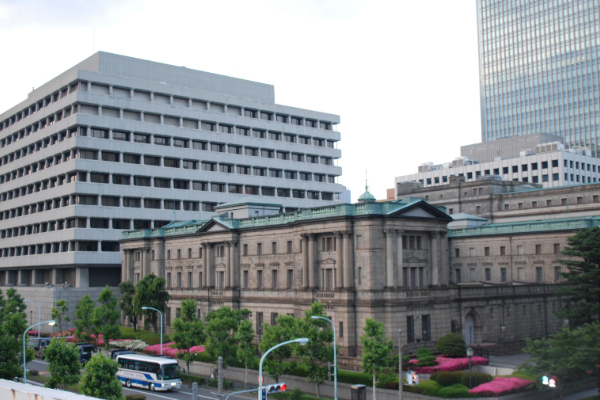Japan’s central bank has decided to scrap the world’s last negative rate policy for the first time in 17 years. The Bank of Japan (BOJ) announced that it was changing its short-term policy rate from -0.1% to between zero and 0.1%.
The negative rate policy was implemented way back in 2016 and has been a symbol of BOJ’s decade long complex policy setting. Negative interest rate implies that banks lose out by parking with the central bank.
The bank said that it would end unorthodox policies including its yield curve control programme on bonds and the purchase of risk assets like like exchange-traded funds.
We judged that sustainable, stable achievement of our price target came in sight,” the central bank said in a statement.
The move is likely to make loans more expensive for consumers and businesses. It intends to spur demand in the markets giving a much needed push to the economy.
Over the years, BoJ has spent a lot of money to buy bonds and other assets in order to pump liquidity into the financial system.
The earlier policy worked well for exporters because of a sharply weakened the yen against the dollar. However, it made imports expensive.
Analysts who have been monitoring Japan’s monetary policy say that BoJ wanted more evidence of a “virtuous cycle” of rising wages and inflation driven by demand and not temporary factors before taking a call on rate hike. The final piece of the jigsaw puzzle fell into place after Japan’s largest trade union secured a wage hike of 5.3% from employers, the biggest since 1991.
However, consumer demand remained sluggish with household consumption stagnating. This prompting the BoJ’s pledge to continue buying bonds.
According to economists, rate hikes are likely to be minor in days to come.
Elsewhere, The Federal Reserve and other central banks yanked up rates to rein in galloping inflation after Russia’s 2022 invasion of Ukraine.
[/vc_column][/vc_row][/tdc_zone]









